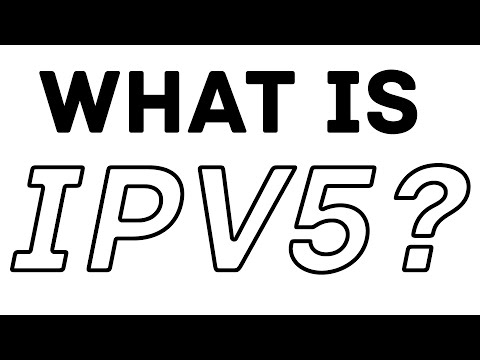IPv4 Address:
IPv4 (Internet Protocol version 4) was the first publicly used version
of the internet protocol. An
internet protocol is the set of rules that govern how packets are transmitted
over a network. IPv4 was developed as a research project
by the Defence Advanced Research Projects Agency (DARPA), a United
States Department of Defence agency, before becoming the foundation
for the Internet and the World Wide Web. IPv4
includes an addressing system that uses numerical identifiers consisting of 32
bits. The format of IPv4 addresses is the ###.###.###.### format, which is made
up of four numerical octets (a unit of
digital information in computing consisting of eight bits), with each set
ranging from 0 to 255 and separated by periods. Thus, IPv4 provides an
addressing capability of 232 or approximately 4.3 billion addresses.
IPv6 address:
IPv6 (Internet
Protocol version 6) is the most recent version of the Internet
Protocol (IP), the communications protocol that provides
an identification and location system for computers on networks and routes
traffic across the Internet. IPv6 was developed by IETF i.e.
Internet Engineering Task force to deal with the biggest problem of IPv4
address exhaustion.
IPv6 was developed in the 1990s to solve the addressing
limitation, and commercial deployment of this new internet protocol began in
2006. IPv6 is a 128-bit protocol, and it provides vastly more IP Addresses.
The format of IPv6 is a series of eight 4-character hexadecimal numbers;
each of these represents 16 bits, for a total of 128 bits. The characters in an
IPv6 address is numbers from 0 to 9 and letters from A to F.
An example
of an IPv6 address is 2001:0db8:0000:0000:1234:0ace:6006:001e. IPv6 has the
capacity to offer trillions upon trillions of IP addresses (as many as 3.4x1038 addresses) with
little chance of running out.
IPv6 is developed to overcome the problem of IPv4. In
December 1998, IPv6 became a Draft Standard for the IETF, who subsequently
ratified it as an Internet Standard on 14 July 2017.
We know IPv4 and IPv6 but ever wondered where IPv5 Internet Protocol Address is?
As I said above, an internet protocol is the set of rules that govern
how packets are transmitted over a network. IPv5 is also a version of internet
protocol (IP) IPv4 and IPv6 that was never formally adopted as a standard.
The v5 stands for version 5 of the Internet Protocol. Usually, Computer
networks use version 4, typically called Ipv4, or a newer version of IP called Ipv6. IPv5 that was also known as Internet Stream
Protocol, abbreviated simply as ST. It was designed for connection-oriented
communications across IP networks with the intent of supporting voice and
video.
One shortcoming that undermined its popular use was its 32-bit
address scheme – the same scheme used by IPv4. As a result, it had the same
problem that IPv4 had – a limited number of possible IP addresses.
ST was effective at transferring data packets on specific frequencies
while maintaining communication. It would eventually serve as a foundation for
the development of technologies such as voice-over-IP, or VoIP,
which is used for voice communications over the internet.
IPv5 used the
same IPv4's 32-bit addressing, which eventually became a big problem for IPv5. The
format of IPv4 address is the ###.###.###.### format, which is made up of four
numerical octets with each set ranging from 0 to 255 and separated by
periods. This format allowed for 4.3 billion internet addresses; however,
the rapid growth of the internet soon exhausted this number of unique
addresses. By 2011, the last remaining blocks of IPv4 addresses were allocated.
With IPv5 using the same 32-bit addressing, it would have suffered from
the same limitation.
So, IPv5 was abandoned before ever
becoming a standard, and the world needs to move on to IPv6.



Post a Comment
Please do not enter any spam link in the comment box.